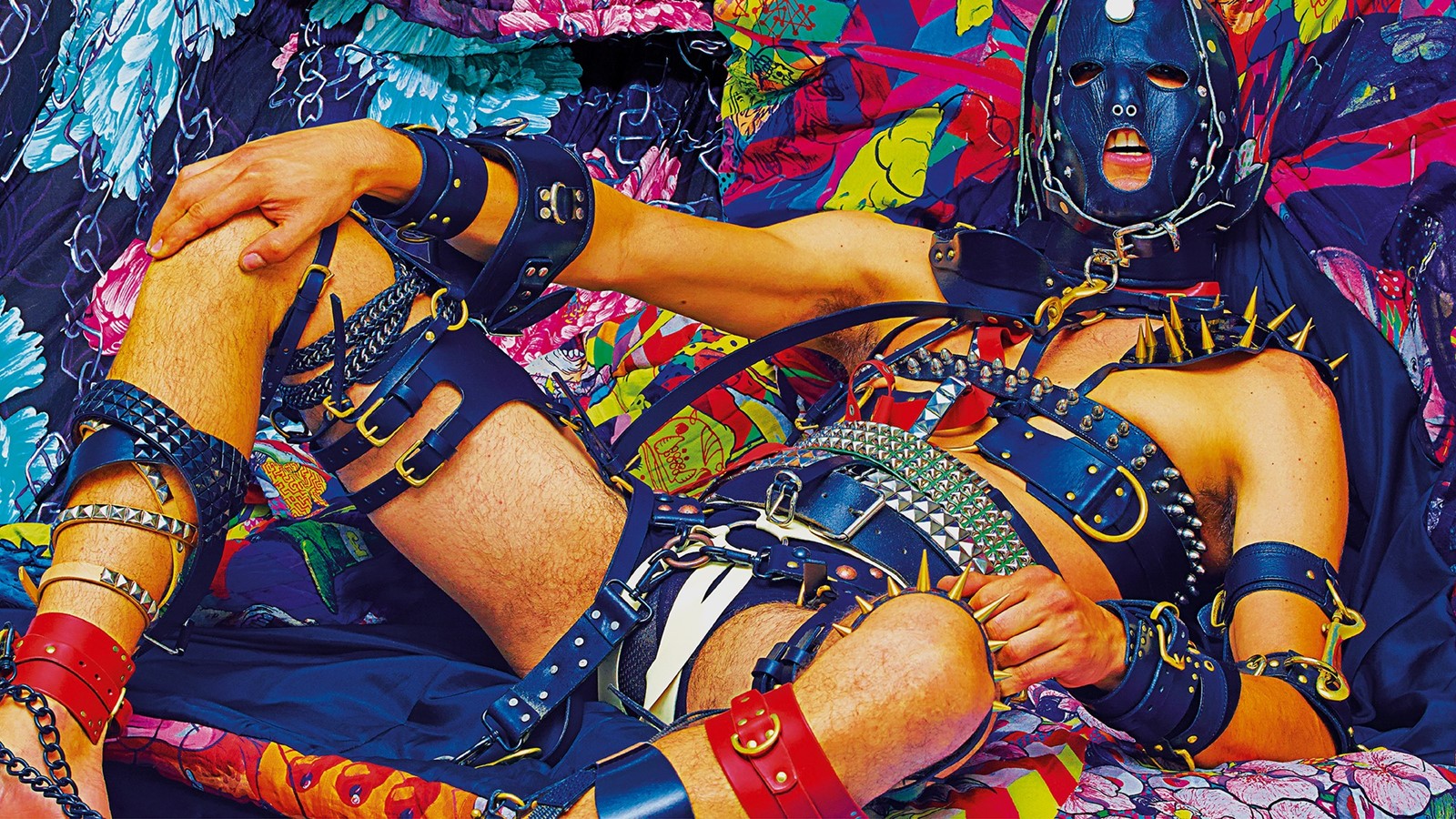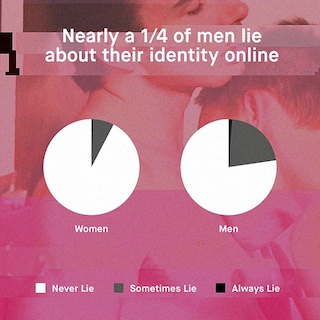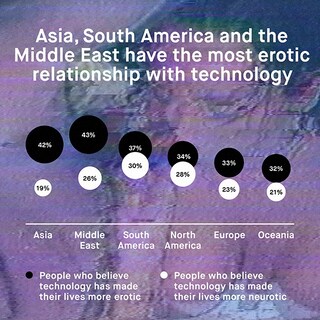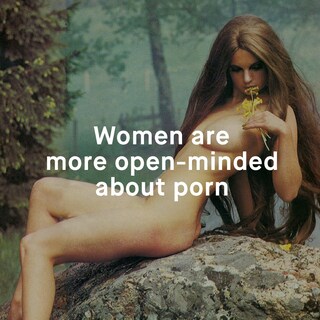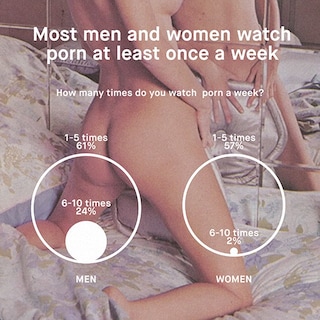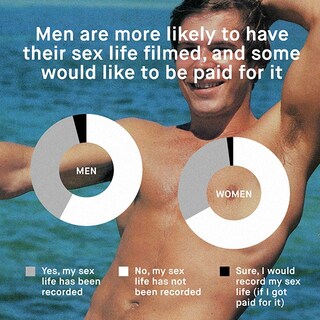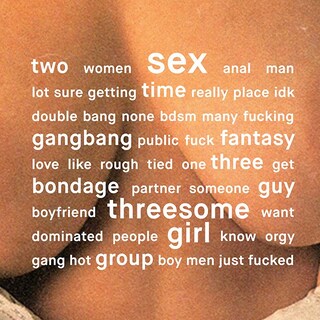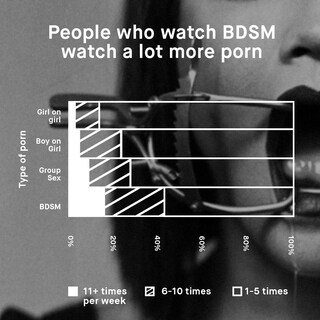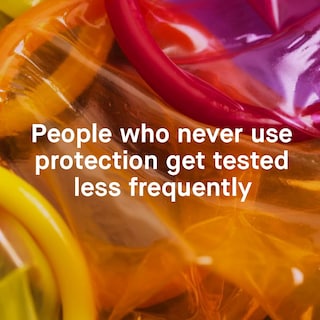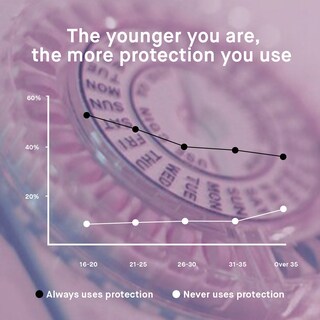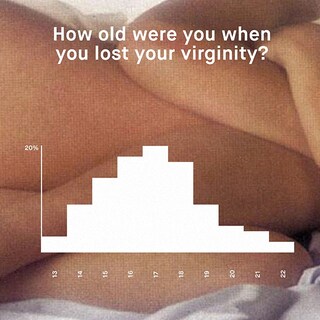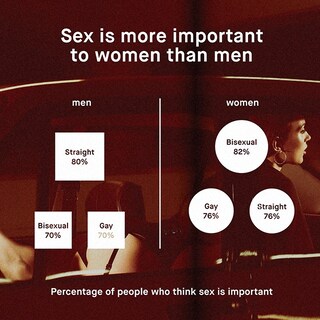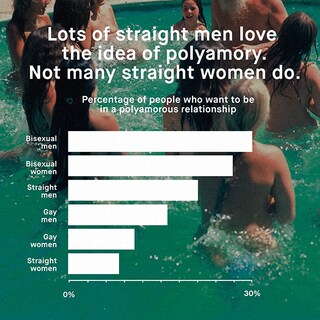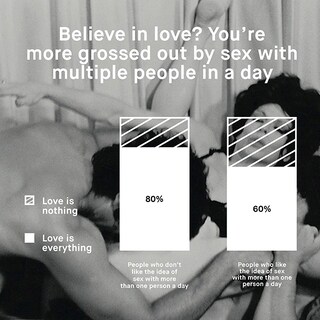10,500 responses from 114 countries – the biggest ever survey of what you want, who you want and how you do it from the screen to the bedroom
A few months ago, when we were planning autumn-winter’s Twisted Fantasy issue, we found ourselves curious about sex today and how our readers thought about it. Every week, we’re hit with another op-ed about the malign influence of online pornography, or a survey how the youth of today have given up on hooking up. We are told that we’re generation swipe, that we no longer use protection, and that we’ll all be polygamous by next Wednesday.
No one, it seemed, had taken the time to ask us. So back in September, we published a set of questions to prod and probe the sex lives of our readers, the generation of global digital youth living the momentous changes being described. 10,500 men and women from 114 countries answered our survey in one week: the largest anonymous survey of what digital youth do in the bedroom and on the screen, ever.
Now, the results are in.
Technology
Men are twice as likely to lie about their identity online, while South America has the most liars. On the whole, men are marginally more likely than women to hook up digitally, but gay guys and girls are far more likely to do their pulling online. Overall, 50% of us send naked selfies, but if you like sex when you’re high, or have had sex with more than one person in a day, you’re notably more likely. If you send naked selfies – surprise! – you describe technology as more erotic than neurotic. Global north-south divide: Europe and North America lead the world in neuroses, while in South America, Asia and the Middle East, people think that technology has made their lives “more erotic”.
Once upon a time, you would have to wait for a partner to drop a white hankie or walk over to you at the local dance hall. Or, for that matter, write you a love letter. Today, however, the phones in our hands have become essentially linked to who we hook up with, and how we express our affection. That gay men use apps to get laid will surprise no one, but still, the numbers were striking – more than 50% primarily use apps to hook up, compared with the hetrosexual 10%. To put it another way, three times the number of gay men use apps to get laid as meet other men “in real life”, while this remains a niche way of meeting partners for women and straight men.
One thing that the smart-phone revolution has transformed, irrevocably, is how we get across what we look like without tops on – 50% of us have sent naked selfies, with the trend looking set to gain in popularity: 16-20 year olds are slightly more up for sending pics than those over 30. More important than age, however, is your other behaviour, particularly around drugs and multiple partners. 40% of you like having sex on drugs, and 36% have had sex with more than one person in a day. If you’re that way inclined, you’re more likely to be the type to send over a naked picture to a significant other.
We were also curious what technology had done to our psyches. Overall, the answer was troubling: marginally more people say technology has made their sex lives more “neurotic” than “erotic”. Funnily enough, however, the naked selfie question was again a crucial factor in determining how much better your sex life is thanks to technology. If you send naked selfies, chances are you think tech has made the world – or at least your inbox – more erotic. Fascinatingly, too, there’s a global dimension to this: respondents from South America, Asia and the Middle East regard technology’s impact as more benign sexually, making life more erotic – perhaps the word here is “liberated”? – whereas in what’s called the Global North (Canada, the US and Europe), we’re more likely to have our neuroses triggered by the internet. Our American readers led the world in this respect, with a whopping 28% saying that technology made their sex lives more neurotic.
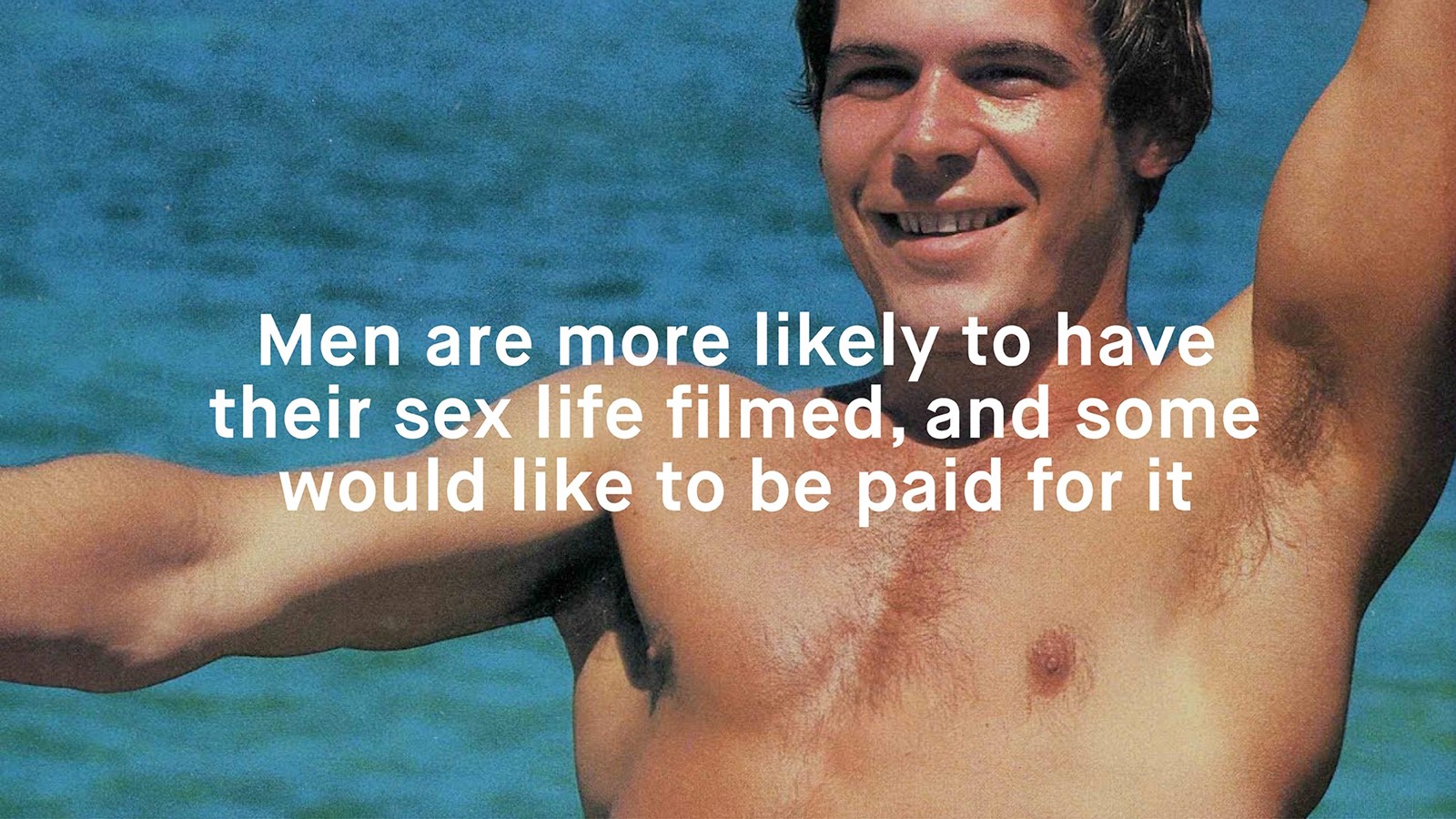
Porn and fantasy
Consumption and viewing of porn has been transformed: if there’s one thing that the internet has truly revolutionised, it’s finding pictures and videos of naked strangers. And you, on the whole, love it: while a quarter of respondents never watch pornography, 59% watch it one to five times a week, and 16% six or more times. Both women and men like it – around three out of five watch it at least once a week, regardless of gender. Divisions occur at the extremes of consumption: 90% of people who never watch porn are women, while 90% of people who watch grot more than 11 times a week are men. Put another way, while most women indulge at least once a week, only 4% do so six or more times a week, compared with 60% of men who watch it nearly every day or more.
Despite these variations, the level of porn that the ordinary woman watches supports the idea that, far from being a male-only preserve today, the internet has opened porno up for girls. The data on what women want is also interesting, giving a far less monolithic picture of attraction as men. Male preferences are pretty segregated: straight guys like watching boy-girl sex, while gay guys like watching boy-boy. But while straight women still do like boy-on-girl porn, the average straight-identifying woman is far more likely to watch girl-on-girl than the average straight guy is to watch boy-on-boy. In fact, straight women’s consumption of lesbian porn outstrips men’s: only gay or bisexual women watch more girl-on-girl. The fact that twice as many girls chose “other” as their favourite porn type than guys, for example, suggests that mainstream porn does not cater for women’s needs as well as it does their male equivalents.
What sort of porn you like changes the more or less you consume, too. Several shock-horror studies link rates of porn watching and consumption of “extreme” pornography, often characterised under the BDSM banner. Our survey bears this out: while we’re aware of the, ahem, shades of grey between abhorrent or violent imagery and the power play of BDSM, if you watch porn more than once a day, you’re more likely to want to watch bondage, or sado-masochist pornography.
We also asked you about your views on DIY porn, and having your sex life filmed on camera. While over half of all respondents have never had sex on camera, 34% have: about two thirds of this group regarded it as positive experience which they’d like to repeat, and a third – or 9% of all respondents – said they would never do it again. Three per cent – a small but significant number –answered “Yes, if I got paid” to the sex-on-camera question. This number was much higher for men than women.
Health
Now we come to health: how often we check up and how important protection is to us. The big headline stat here is that 44% use protection all the time, 46% some of time, 10% never. Gay men are the most careful demographic, with half always using a condom, and less than 5% saying never, the lowest of any demographic – though that of course leaves a big number in the ambiguous “sometimes” category. Gay women, alternatively, use protection the least, with over two thirds never using protection, and under 20% using it always.
We also quizzed you on how often you went to an STD clinic. There are, of course, a range of ambiguities around protection use and testing frequency – a monogamous couple who got the all-clear five years ago when they got together has less cause to revisit a health clinic every month than someone who is single and ready to mingle. One thing which is clear is that those more likely to use protection are also more likely to get themselves checked out, and vice versa. In other words, if you have barebacked sex, while you may well have more cause to contract an STD, you’re less likely to know about it. As is often the case, straight men are the worst offenders: most eager to have sex unprotected, least willing to visit the clinic for a test.
When we look at age ranges, an interesting trend emerges: the younger you are, the safer you are. The percentage of people answering “never” actually increases with age, with people in the 16-20-year-old age bracket most likely to always play safe. While this could be attributed to the fact that older people are more likely to be in secure relationships, it certainly bucks the popular idea that the youth of today is less concerned about using protection.
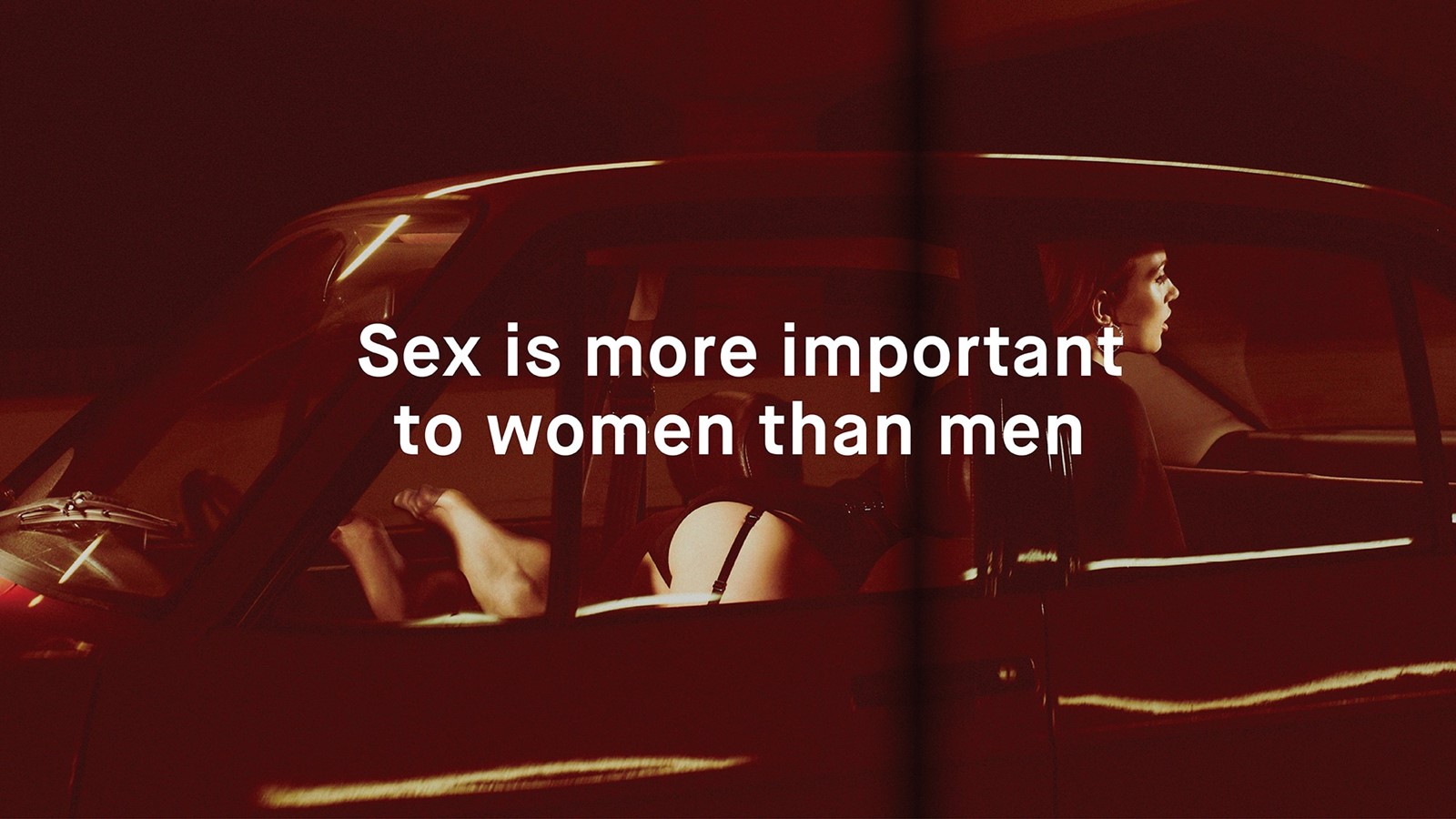
Love, sexuality, relationships and hook ups
Finally, those little things called love and relationships: how we find them, how we’d like them to be, and who we’d like them with. One of the most eye-popping facts from the survey was that nearly one in five of us see polyamory – the once very niche, now more talked-about coupling that accepts, or even prefers multiple partners – as the perfect set-up. Straight guys are bigger fans of multiple-partner relationships than straight girls. Bisexual people of both genders are least likely to identify with monogamy as the perfect domestic set-up, and the most likely to favour a poly relationship. Geographic spread was also striking – while South Americans were likely to advocate open relationships, people in the Middle East were most likely to say they were happy being single, while Europeans were the least happy being paired off.
Love and sex are intimately, inextricably linked for the vast majority of people – 68% say that love is “everything”, while 32% said that it meant nothing. Funnily enough, the primacy of love was constant among all ages, demographics and locations. How important you saw emotional attachment to a sexual partner changed nothing about your views on sex while high, nor your app use, nor your consumption of pornography. The only thing that it changes is how many people you’ve had sex with: if you see love as everything, the idea of multiple partners in one day is more disgusting to you than if you believe it means nothing.
Additionally, we polled you on the importance of sex. A resounding 75% said that sex was important or very important, with only 3% saying it was unimportant (the remaining 22% thought it was neither important nor unimportant). One of the most striking results was that sex was more essential to women than men – with more gay and bisexual women rating it as "important or very important" than their male counterparts. In hopeful news for us all, over time, our interest in sex seems to rise – respondents in their 30s were significantly less likely to see sex as unimportant than teenage respondents.
Leader image clothing credits: Leather harnessing and belts by The Model Traitor, Atsuko Kudo, Coco de Mer, Fleet Ilya; all other clothes and accessories by Yohji Yamamoto. Concept and images TOILETPAPER: Maurizio Cattelan and Pierpaolo Ferrari; styling Robbie Spencer; hair Franco Chessa at WM Management; make-up Lorenzo Zavatta at Face to Face; models Giulia and Camilla Venturini; set design Michela Natella; photographer’s assistants Alberto Zanetti, Leonardo Scotti and Chiara Quadri; styling assistant Loreto Mancini; set design assistant Irene Ghillani; production Federico Delle Piane; production assistant Antonio Ordan; digital technician Silvano Banfi at Studio Santa Veronica; digital post-production Latte+; special thanks to Silk Motel
